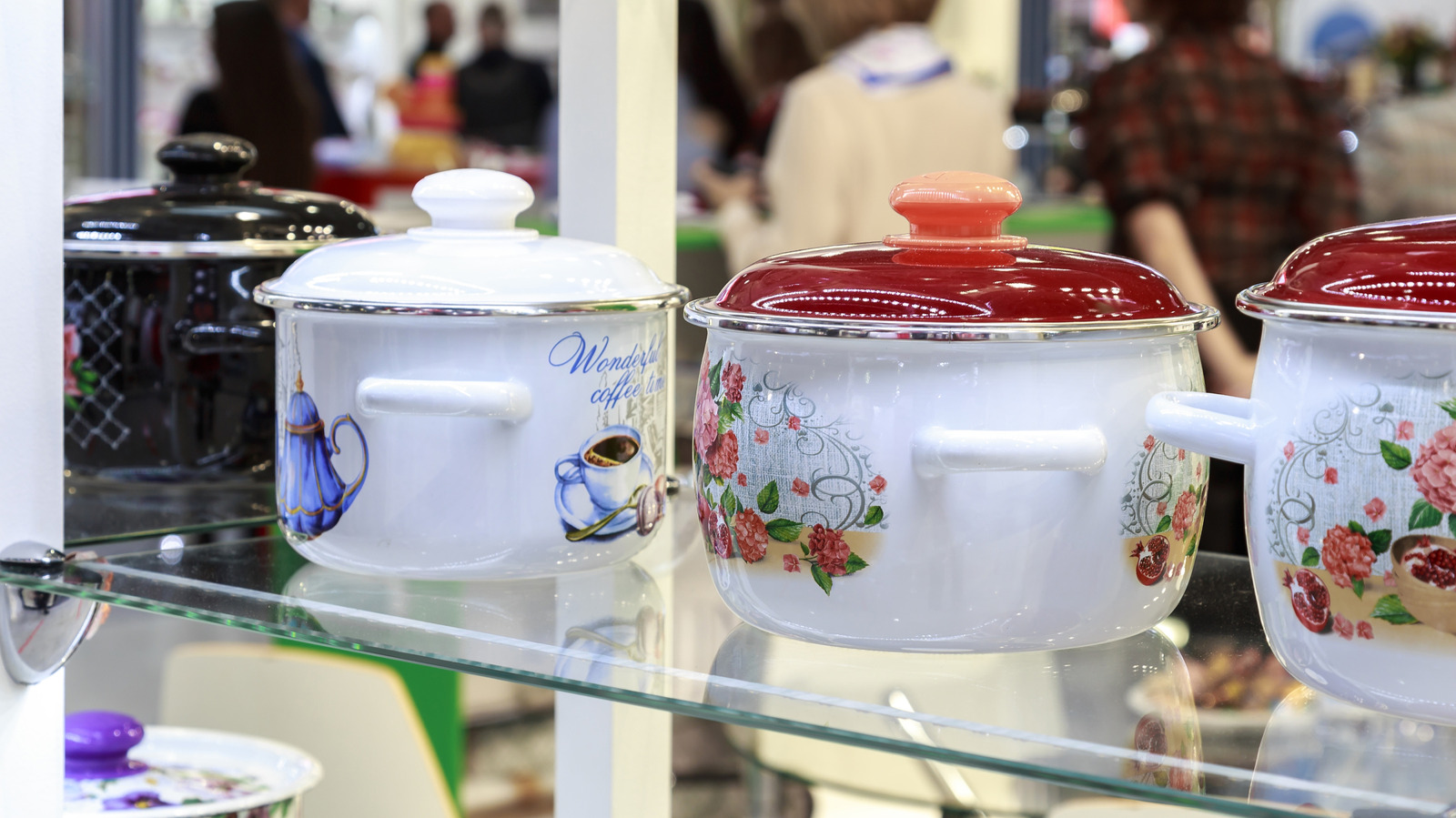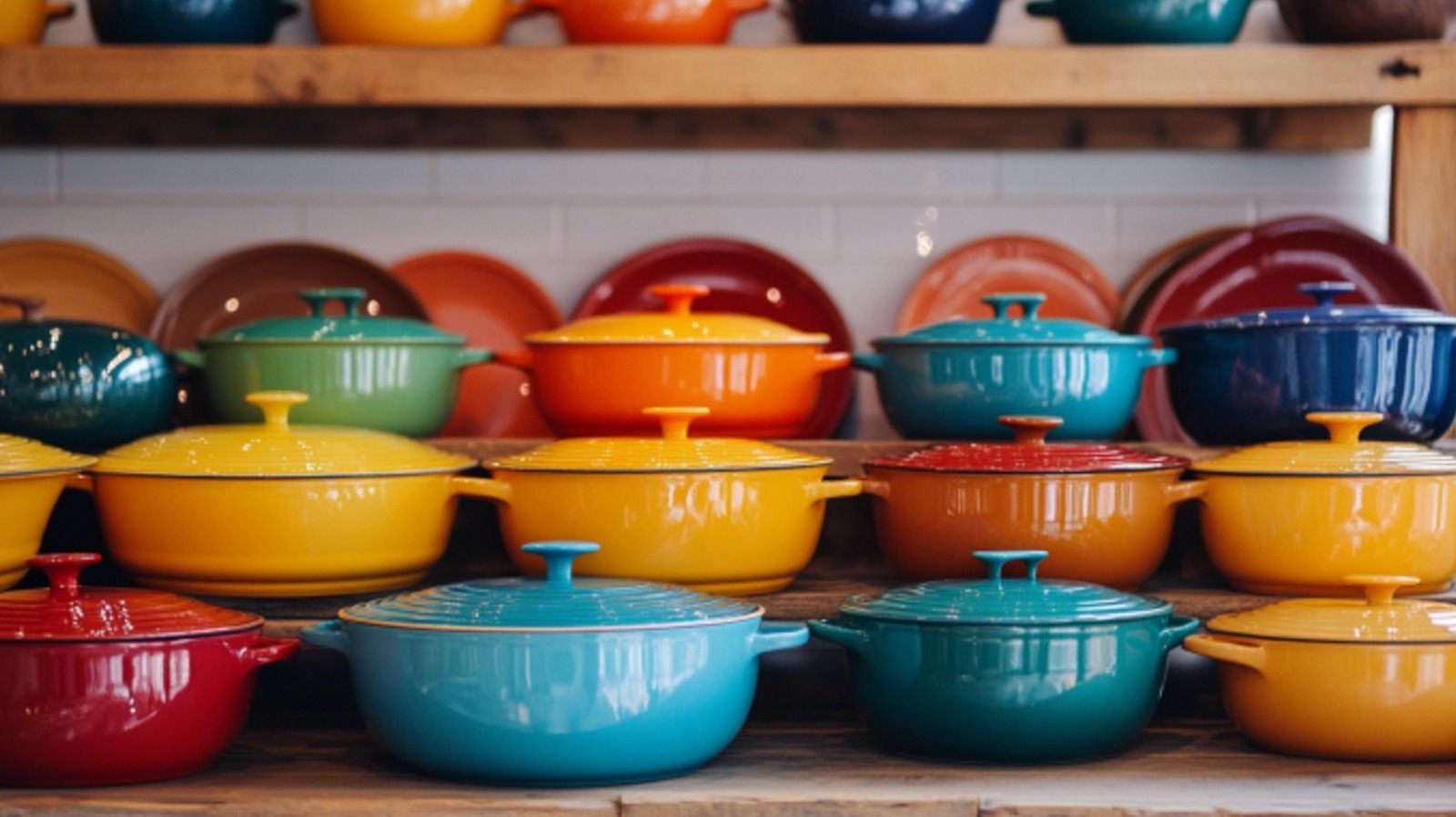#vintage-cookware
#vintage-cookware
[ follow ]
#corningware #collectibles #collecting #resale-market #le-creuset #paris-flea-markets #french-copper
fromTasting Table
2 months agoThis Vintage Cookware Is Chef David Lebovitz's Favorite Find At Paris Flea Markets - Tasting Table
While most travelers may look for unique souvenirs to take home, for chef and food writer David Lebovitz scours, coming across old pots and pans is like stumbling upon a gold mine. That's especially true if the cookware bears the Le Creuset name. "I'm a random collector of Le Creuset," Lebovitz admitted in a blog post from 2015. Passed down for generations within French families, he also confessed that the famous Paris flea markets are the ideal place for him to find them.
Cooking
fromTasting Table
2 months agoThe Vintage French Cookware That Could Be Highly Valuable - Tasting Table
Copper cooking vessels, old or new, garner devotion from professional and home-kitchen chefs alike, not only for its golden-glow beauty but for the functionality. That includes things like superior thermal conduction, which facilitates quick, even heating and temperature control. Copper allows cooking precision and heat retention for a wide variety of food preparations, including finicky stovetop procedures such as caramelizing sugar without burning it, creating a delicate béarnaise sauce, or slow-cooking a red-wine beef bourguignon stew.
Cooking
fromTasting Table
3 months agoThe Vintage Mixing Bowl That Can Be Worth A Fortune Today - Tasting Table
Vintage mixing bowls can be practical, functional kitchen tools as well as beautiful pieces of kitchen decor. While some vintage dishes aren't safe to use to prepare food, they can still be proudly displayed on shelves or a kitchen hutch. Best of all, certain vintage dishes may be worth more than you think. If you regularly visit thrift shops and antique stores to look for antique plates and bowls, keep your eye out for vintage pancheons.
E-Commerce
fromTasting Table
3 months agoThe Antique Copper Molds That Could Be Worth Hundreds - Tasting Table
Copper molds are a vintage baking tool that people don't use much anymore. They were regularly used during the Victorian era to make decorative, molded dishes like puddings, cakes, and breads. They were typically handmade by artisans and very ornate, molded into delightful shapes like fish, flowers, birds, rabbits, and fruit. However, handmade copper molds fell out of favor after World War I, as the materials weren't readily available and many of the craftsmen capable of making them had retired.
Cooking
[ Load more ]

